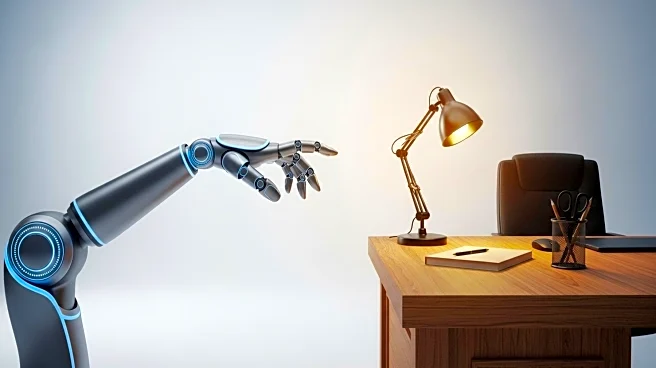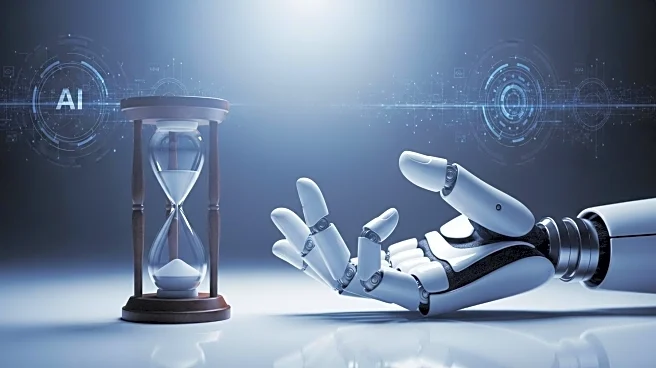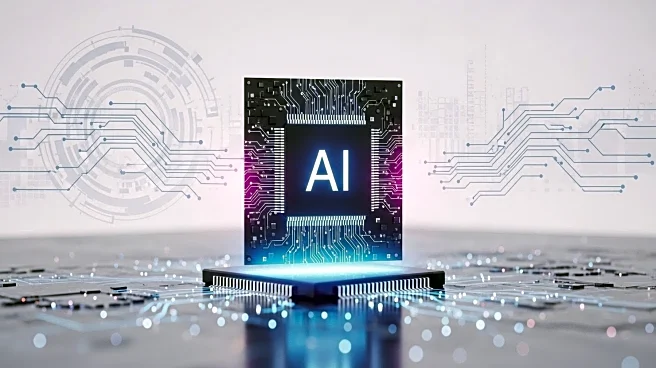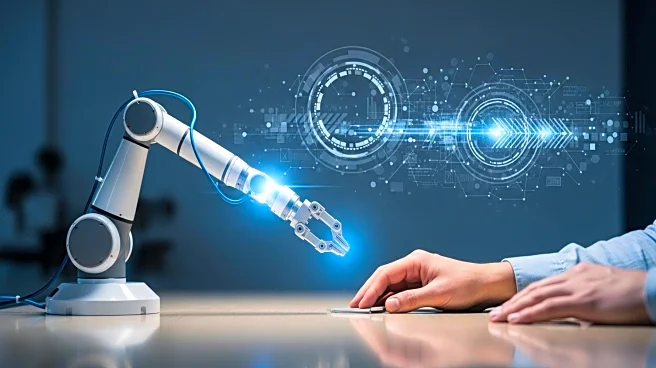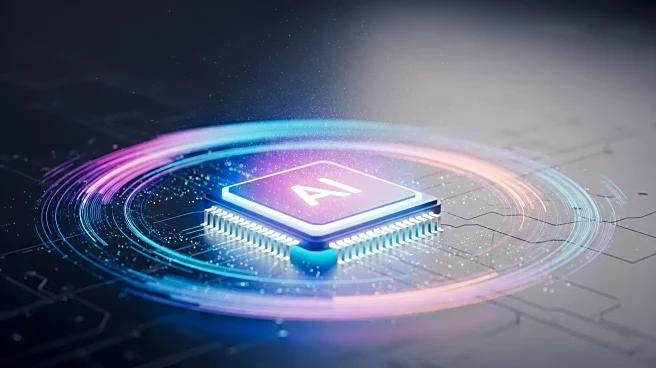What's Happening?
A recent analysis by SHRM indicates that approximately 15% of U.S. jobs, equating to about 23 million positions, are at heightened risk of automation. The report identifies jobs with over 50% of tasks automated as highly automatable. Computer and mathematics jobs are most susceptible, with 32% of roles in this category being highly automatable. However, SHRM notes that nontechnical barriers, such as legal restrictions, cost, and client preferences, often prevent full automation. These barriers suggest that job transformation, rather than displacement, is a more likely outcome as AI technologies advance.
Why It's Important?
The findings underscore the transformative impact of AI on the U.S. labor market. While automation poses a risk to certain job categories, the presence of nontechnical barriers suggests that many roles will evolve rather than disappear. This transformation could lead to a demand for new skills and training, affecting workforce development and education policies. Employers and policymakers must consider these factors to mitigate potential job losses and ensure a smooth transition to an AI-integrated economy. The report also highlights the need for businesses to balance technological adoption with human-centric considerations.
What's Next?
As AI continues to evolve, companies will need to navigate the complexities of integrating automation while addressing nontechnical barriers. This may involve investing in employee training and development to equip workers with the skills needed for transformed roles. Policymakers might also explore regulatory frameworks to manage the impact of automation on employment. The ongoing dialogue between employers, employees, and regulators will be crucial in shaping the future of work in an AI-driven landscape.

